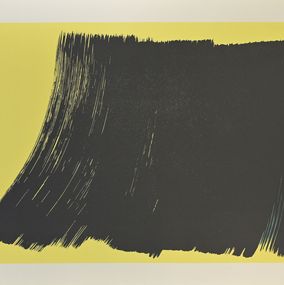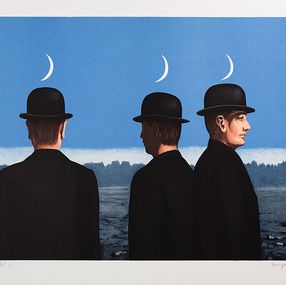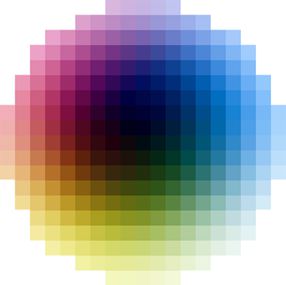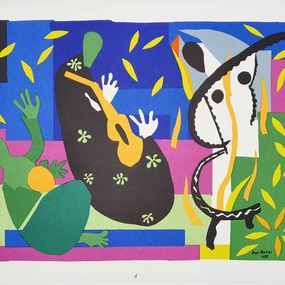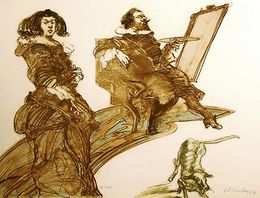
Lithography Print for Sale
Lithography is a printing technique which allows for the creation and reproduction of a design drawn in ink or in pencil on a stone (often limestone), using a press. The technique first appeared at the end of the 18th century in Germany and quickly became popular across Europe throughout the 19th century. Although the supports it uses and the way it is used have considerably changed, it is still a commonly used process today. Lithography uses a chemical process which is based on the immiscibility of water and oil. The image is drawn directly onto the stone slate using ink or a wax pencil or 'transferred' using transfer paper. The limestone is then moistened and covered with a greasy ink. As the ink is hydrophobic, it only adheres to the lines of the drawing and is repelled by the wet areas. Paper is then applied to the stone slate and pressed.
Over time, this technique was adapted to new supports other than stone, such as zinc and aluminium. In the 19th century in particular, lithography was used for a whole host of different purposes. In newspaper publishing, its quick production rate made it a popular choice for printing news illustrations, where being the first to publish a new story is still a top priority. Lithography is also used for more commercial purposes (stickers, printing sheet music) as well as an artistic form of expression.
We are of course most interested in looking at how this technique has been used artistically. It has two main functions. The first is as an artistic medium; artists like Henri de Toulouse-Lautrec worked with lithography to create several copies of an original piece, whereas other artists use it as a way of copying their works. Highly fashionable at the time, we can still see numerous Art Nouveau and Art Deco inspired lithographs today.
Lithography can produce typographic and artistic creations in a short space of time. It allows artists to reproduce original drawings very easily. It also gives the artist the opportunity to explore an endless number of creative possibilities and explore an infinite array of styles.
In the 20th century, lithography was commonly used to create exhibition posters and by-products which were often created by the artists themselves. Miro and Picasso for example created a large number of posters using this technique.
Today, only artistic lithography remains. In a similar way to photography or engraving, lithographs come in multiple examples. The market value varies depending on the artist's popularity and the quality of the print, but also depending on the number of copies that exist. It is important for the buyer to know the number attributed to the lithograph and the total number of copies made, as detailed in the 'certificate of authenticity' which helps to prevent fraudulent copies.
When looking through Artsper, you will find lithographs from some of the 20th century's biggest names, including (Niki de Saint Phalle, Andy Warhol, Roy Lichtenstein, Jean Cocteau, Victor Vasarely, Salvador Dali, Zao Wou-Ki...) but also from famous contemporary artists such as Hervé Télémaque, Yan Pein Ming and many others. All of the lithographs sold by Artsper have been carefully chosen. Artsper only selects works which come from limited editions with a maximum of 300 examples or which have been signed by the artist.
Save your search and find it in your favorites
Save your search to find it quickly
Saved search
Your search is accessible from the favorites tab > My favorite searches
Unsaved search
A problem occurred







L'Ospite dei Bagnanti Misteriosi
Giorgio de Chirico
Print - 71.5 x 50.5 x 0.1 cm Print - 28.1 x 19.9 x 0 inch
€4,200

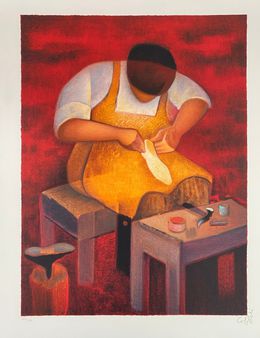



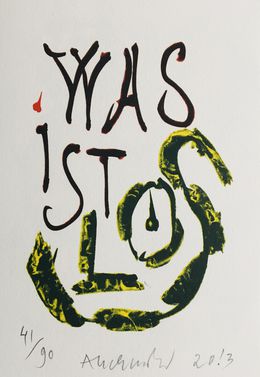
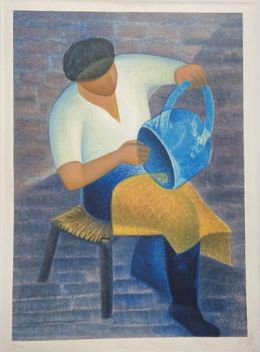
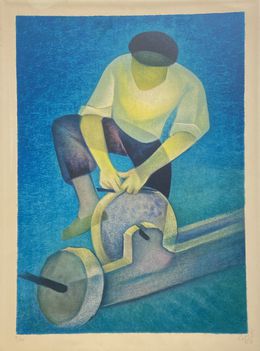

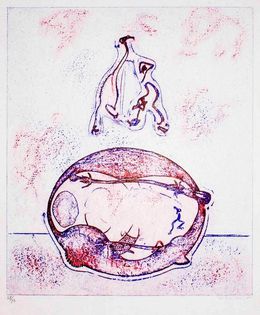


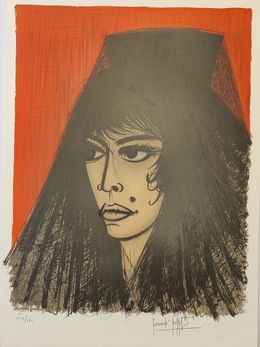
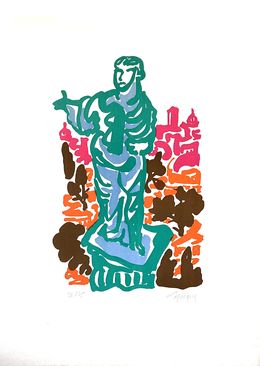
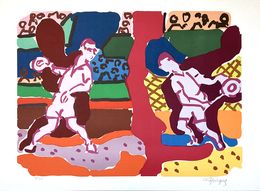
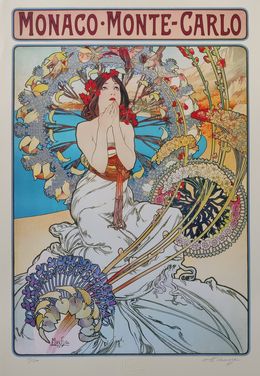
Poster for 'Monaco - Monte Carlo'
Alphons Mucha
Print - 60 x 41 x 0.1 cm Print - 23.6 x 16.1 x 0 inch
€980



Untitled from Music Maestro Please
Sonia Delaunay
Print - 65 x 50 x 1 cm Print - 25.6 x 19.7 x 0.4 inch
€5,000
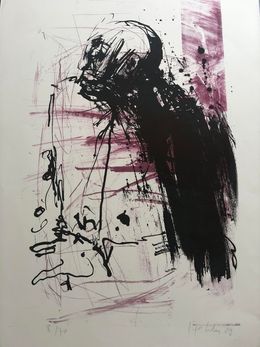

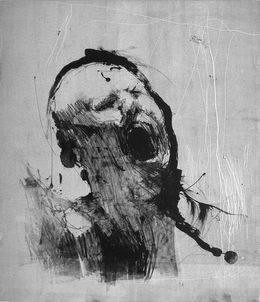
Cri 4, estampe originale
Christophe Hohler
Print - 76 x 56 x 0.5 cm Print - 29.9 x 22 x 0.2 inch
€600
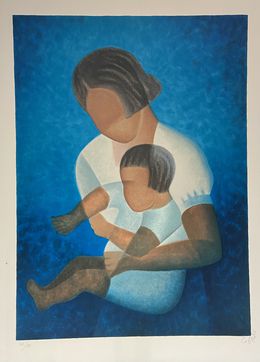
Bambin dans les bras, Côte d’Ivoire
Louis Toffoli
Print - 76 x 56 x 0.2 cm Print - 29.9 x 22 x 0.1 inch
€400


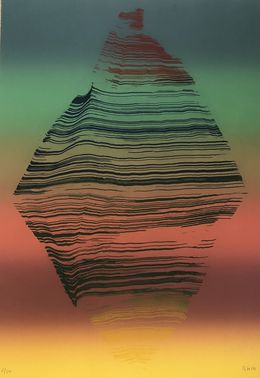
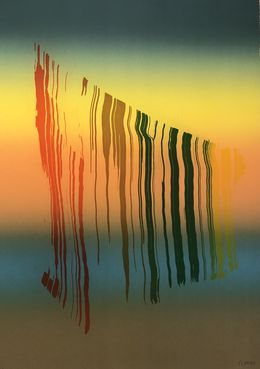




Rivages - visages - paysages du Sepik I
Jacques Doucet
Print - 66 x 87 cm Print - 26 x 34.3 inch
€600 €510

Rivages-visages-paysages du Sepik II
Jacques Doucet
Print - 66 x 87 cm Print - 26 x 34.3 inch
€600 €510

Couple Enlacé / Couple Embracing - 1911
Egon Schiele
Print - 65 x 50 cm Print - 25.6 x 19.7 inch
€990





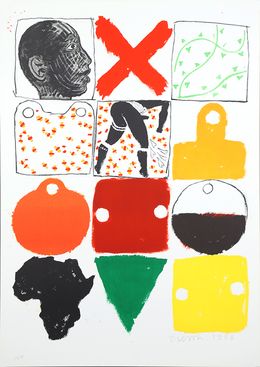
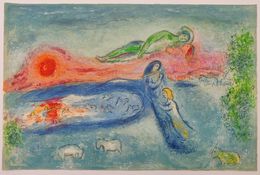



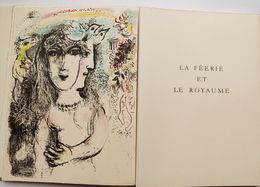
The complete set of 10 lithograp of La Féerie et le Royaume
Marc Chagall
Print - 31.2 x 23.4 x 4 cm Print - 12.3 x 9.2 x 1.6 inch
€10,800
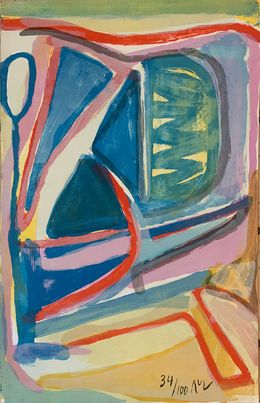
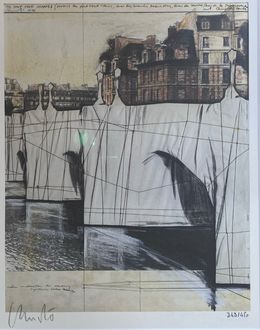
Lithographie Le Pont Neuf
Christo and Jeanne-Claude
Print - 25 x 19 x 0.1 cm Print - 9.8 x 7.5 x 0 inch
€2,500

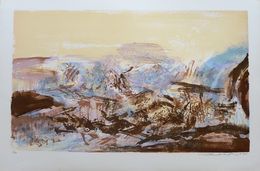






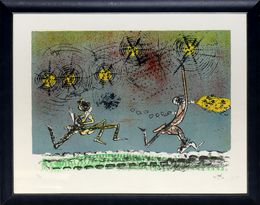
Comique Trippe XVI
Roberto Matta
Print - 41.3 x 52.1 x 0.3 cm Print - 16.25 x 20.5 x 0.1 inch
€2,287

Le Phare sur la Digue, 1908 | Promenade and Lighthouse, 1908
Léon Spilliaert
Print - 76 x 59 x 0.2 cm Print - 29.9 x 23.2 x 0.1 inch
€725

Jardin des nations-Carla
Antonio Saura
Print - 74.8 x 55.8 x 0.1 cm Print - 29.4 x 22 x 0 inch
€1,200


Sans Titre (Untitled)
Antoni Tapies
Print - 29.5 x 46.1 x 0.1 cm Print - 11.6 x 18.1 x 0 inch
€1,500
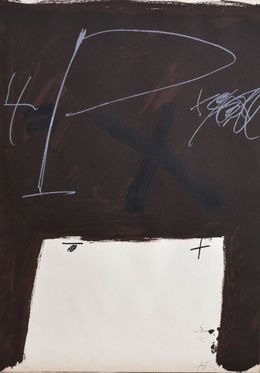
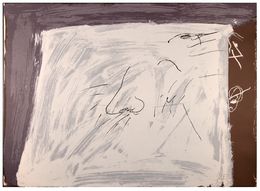
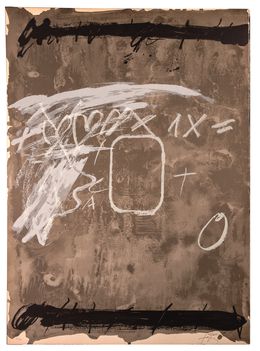
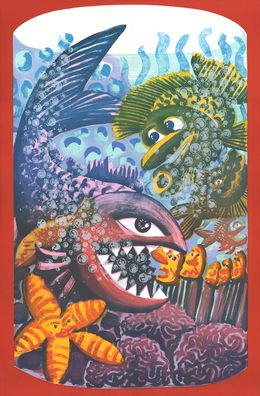

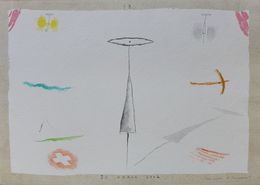
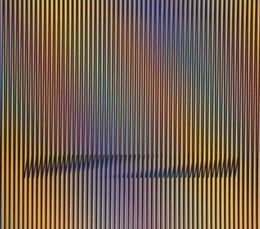

Les iris, lithographie originale
Claude Gaveau
Print - 71.5 x 54 x 0.3 cm Print - 28.1 x 21.3 x 0.1 inch
€380
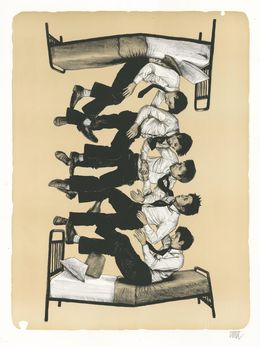



El Ultimo Viaje Del Buque Fantasma
Wifredo Lam
Print - 76.2 x 55.2 cm Print - 30 x 21.75 inch
€2,744
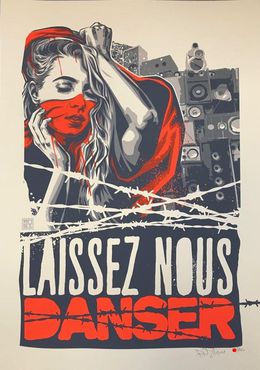

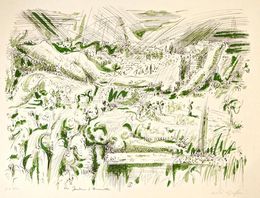

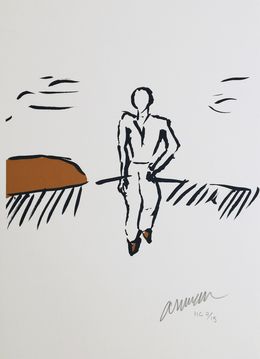

La poire ouverte, lithographie originale
Claude Gaveau
Print - 72 x 56 x 0.3 cm Print - 28.3 x 22 x 0.1 inch
€380

From the Portfolio of Six Rêves Peints 4
Corneille
Print - 76.2 x 55.9 cm Print - 30 x 22 inch
€1,372


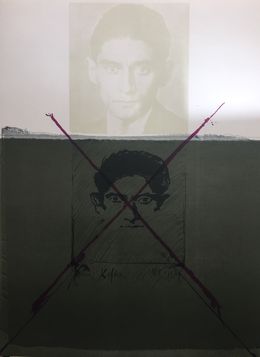

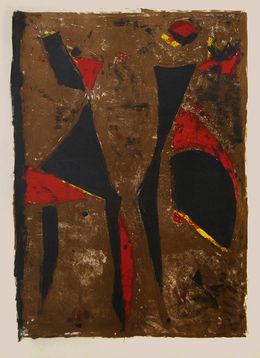
Red Knight on Brown Background
Marino Marini
Print - 85 x 62 x 0.1 cm Print - 33.5 x 24.4 x 0 inch
€4,800
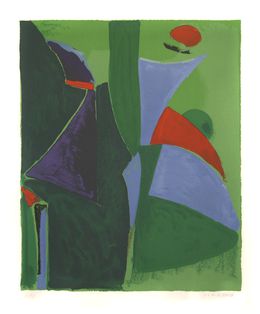


Discover the styles & movements
Discover the selection of our experts
A lithograph is a work of art created by printing from a stone or metal plate, on which the artist draws with a grease pencil. This technique allows for the production of multiple original, numbered, and signed copies.
A lithograph often has a slight texture and ink variations, while a digital print is perfectly smooth and uniform. Hand-signing and numbering are also indicators of an authentic lithograph.
Yes, a lithograph can be valuable, especially if it is signed, numbered, and produced by a recognized artist. Its value depends on its rarity, quality of execution, and the artist's reputation.
A painting is an original work made by hand, while a lithograph is a print obtained by printing from a stone or an engraved plate, allowing several numbered copies to be produced.





